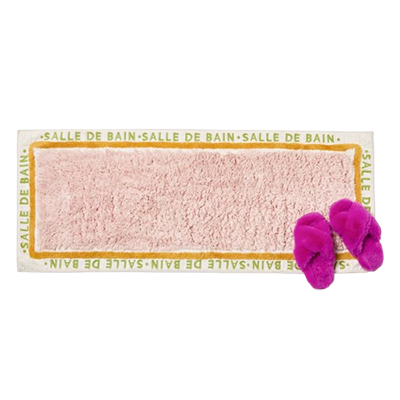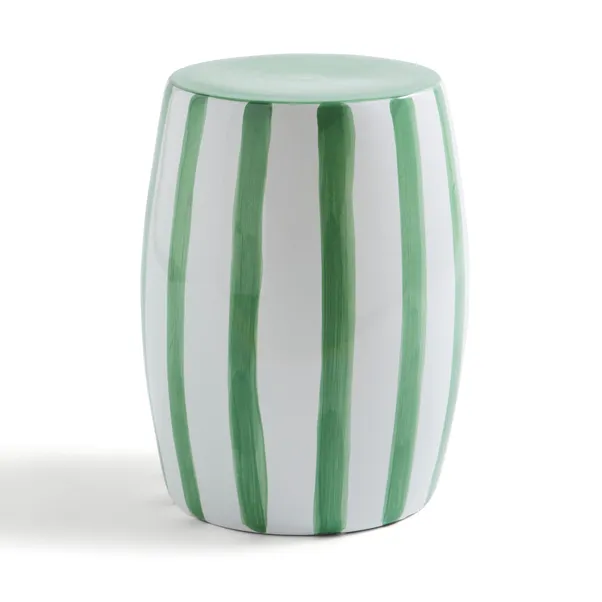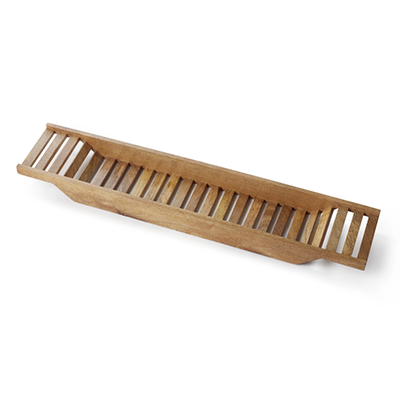My freestanding bath looked amazing, but I’ve gone back to a built-in – this is why I'd never go back
In my opinion, freestanding baths are best left in boutique hotels, and not just because someone else is doing the cleaning!
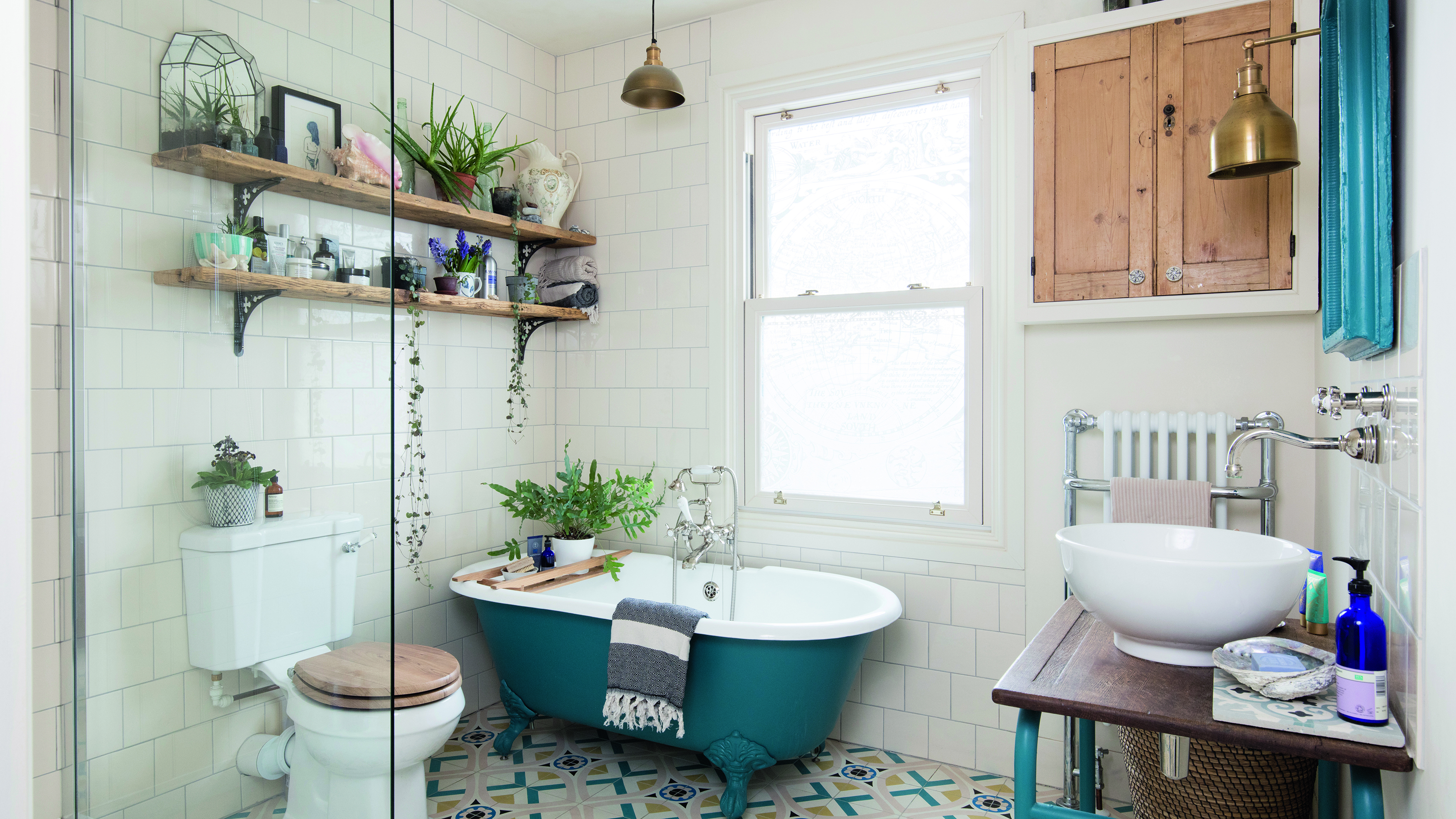

When we bought our first family home – a three-bed barn conversion with a small, awkwardly shaped bathroom – I was thrilled it had a beautiful antique roll-top bath already in place. Cast iron, double-ended and perched on ornate ball-and-claw feet, it was the sort of statement piece you see in boutique hotels. I’d never even bathed in one before, let alone owned one. I loved it instantly, and it was one of the main features that swung the purchase for me.
It looked gorgeous, full of character and charm, but I soon discovered living with it wasn’t quite so jolly. The bathroom’s pokey proportions didn’t do it any favours, and what started as a dream focal point for my small bathroom ideas quickly became a lesson in why fitted baths are making a comeback.
Between the cleaning contortions, lack of storage and the sinking realisation that I’d fallen for style over substance, my love affair with that poor roll top faded fast. If you’ve got your sights set on a freestanding tub, especially a traditional roll top, here’s what I learned the hard way about why a freestanding bath is best avoided in a family bathroom, and why the fitted bath trend makes a lot more sense to me now.
1. They are awkward to clean around
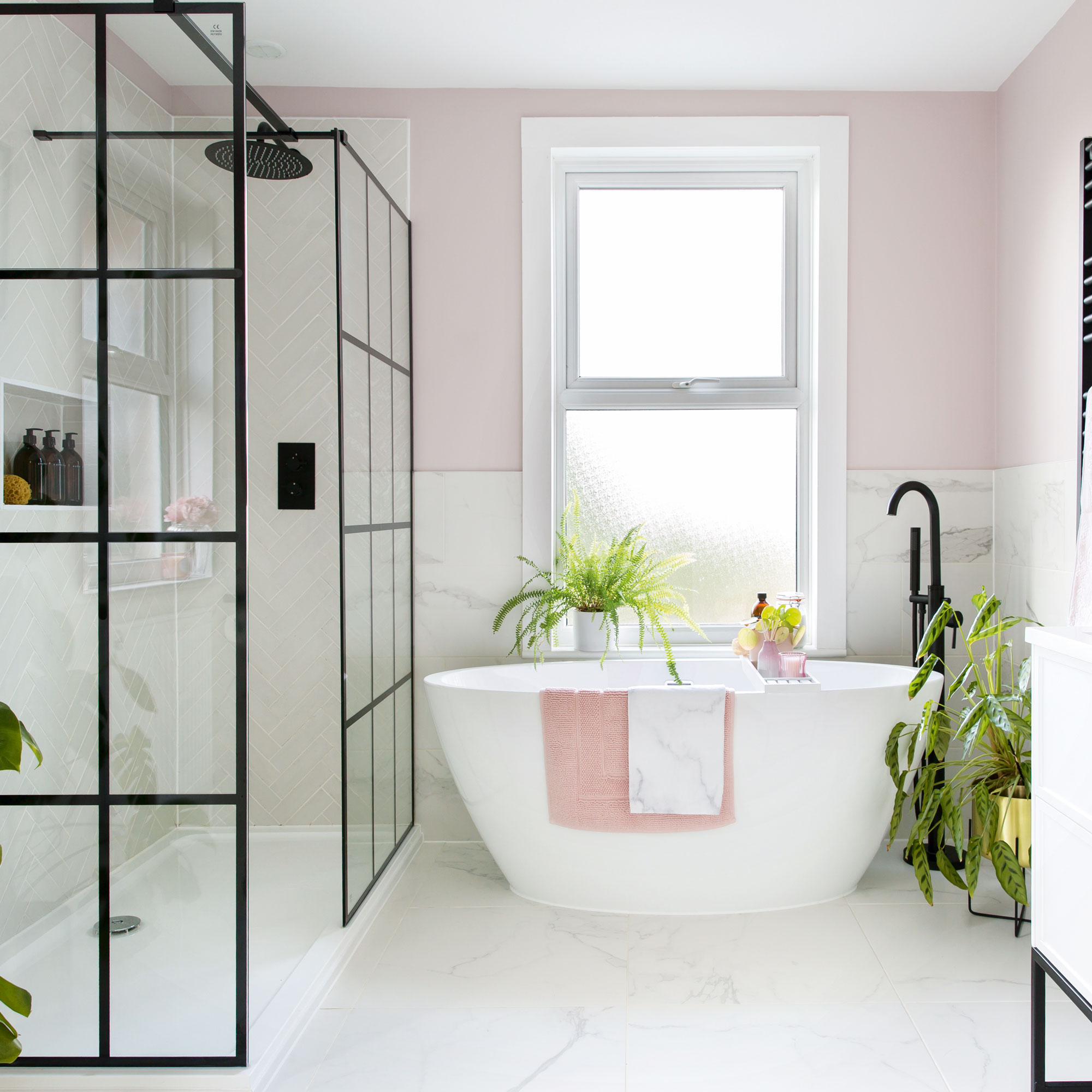
There was a gap of about 10cm between the tiled wall and the back of the bath – just enough to squeeze freestanding bath/shower mixer taps, and for dust, water splashes and the odd rubber duck to disappear forever.
It sat too tightly into the corners at each end, but the real issue was underneath. It was fine when standing, but any time I was sat on the loo (sorry, TMI), I could clearly see a layer of fluff, dirt and who knows what else gathering like tumbleweed underneath – major ick! The only way to clean it properly was on my hands and knees with a flattened microfibre mop, and even then, I couldn’t quite get to the back. If you have the same issue, if I were still cleaning the same bathroom, I'd try something like Lakelands Flatmate Long Flat Duster (£10) to reach the back.
Not all freestanding designs are this impractical. Bateau styles, for example, sit on a plinth that runs to the floor, which will save you from some of the mop acrobatics. If you are lucky enough to have the space to walk around your bath, things will also be a heck of a lot easier on the cleaning front.
But in small bathrooms where everything is a bit tight, a freestanding bath’s open undercarriage doesn’t make the bathroom feel bigger; it just provides somewhere for spiders to hide.
Sign up to our newsletter for style inspiration, real homes, project and garden advice and shopping know-how
2. Splashes are not contained
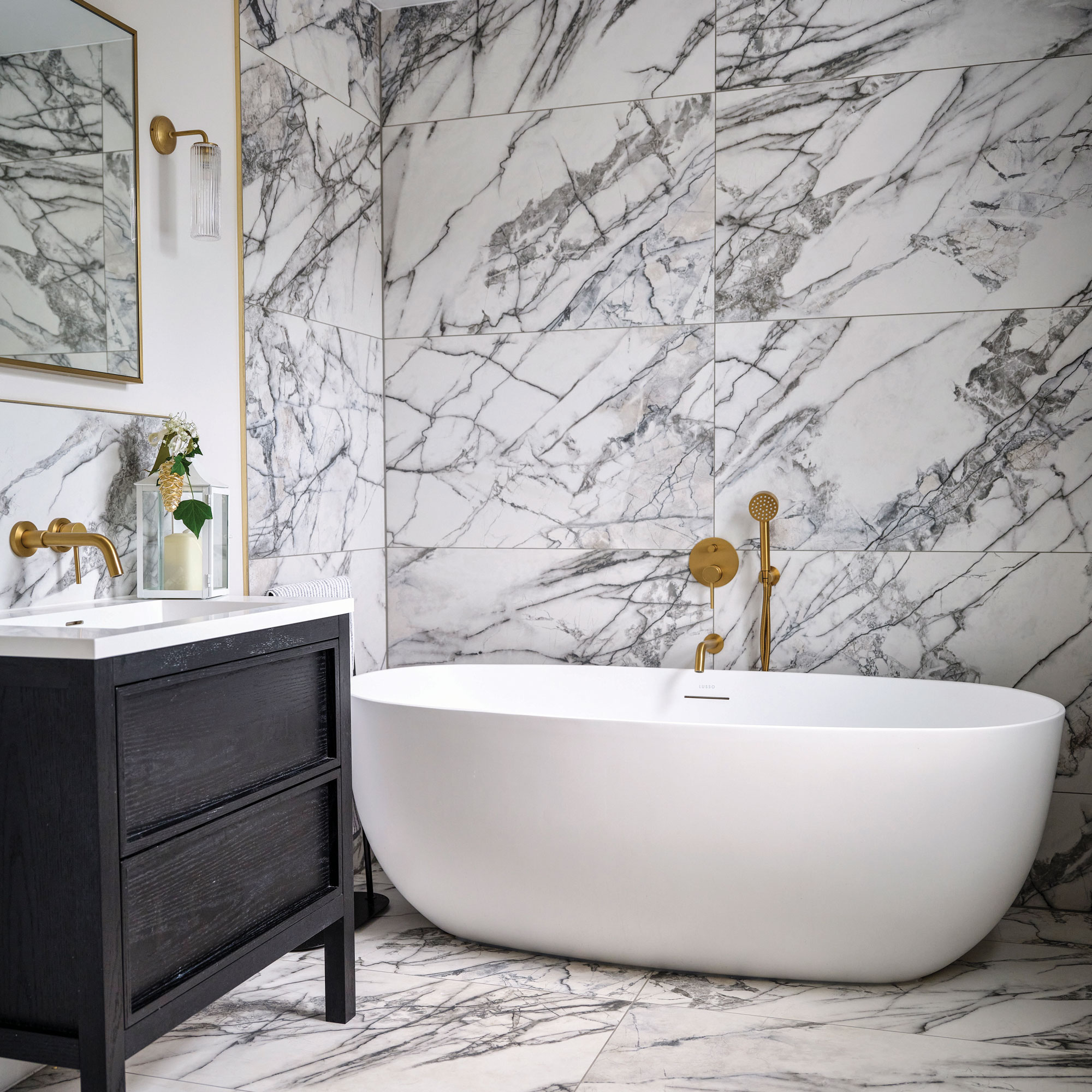
Before children, a few splashes weren’t an issue. After children (specifically, the toddler years), the floods were Biblical, especially when daddy was on bathtime duty, and they got their cheeky little mitts on the hand-shower! In fairness, the installation wasn’t ideal. Our freestanding bath was completely detached from the wall, so there was no sealed join between bath and wall to keep splashes contained. But it wasn’t quite far enough from the wall to allow us to mop up spills with ease. In good news, the wall was tiled, but the grout became discoloured, and the floor beneath was permanently damp and a bit smelly.
If you have the same issue, you could try a bathtub splash guard like this one on Amazon, but in truth, a back-to-wall style freestanding bath would have been a far better solution. It feels slightly like you’re cheating on the full “centre-stage” freestanding trend. But you still get the sculptural look, just with the added benefit of a watertight seal between the bath and splashback.
3. It took up too much space
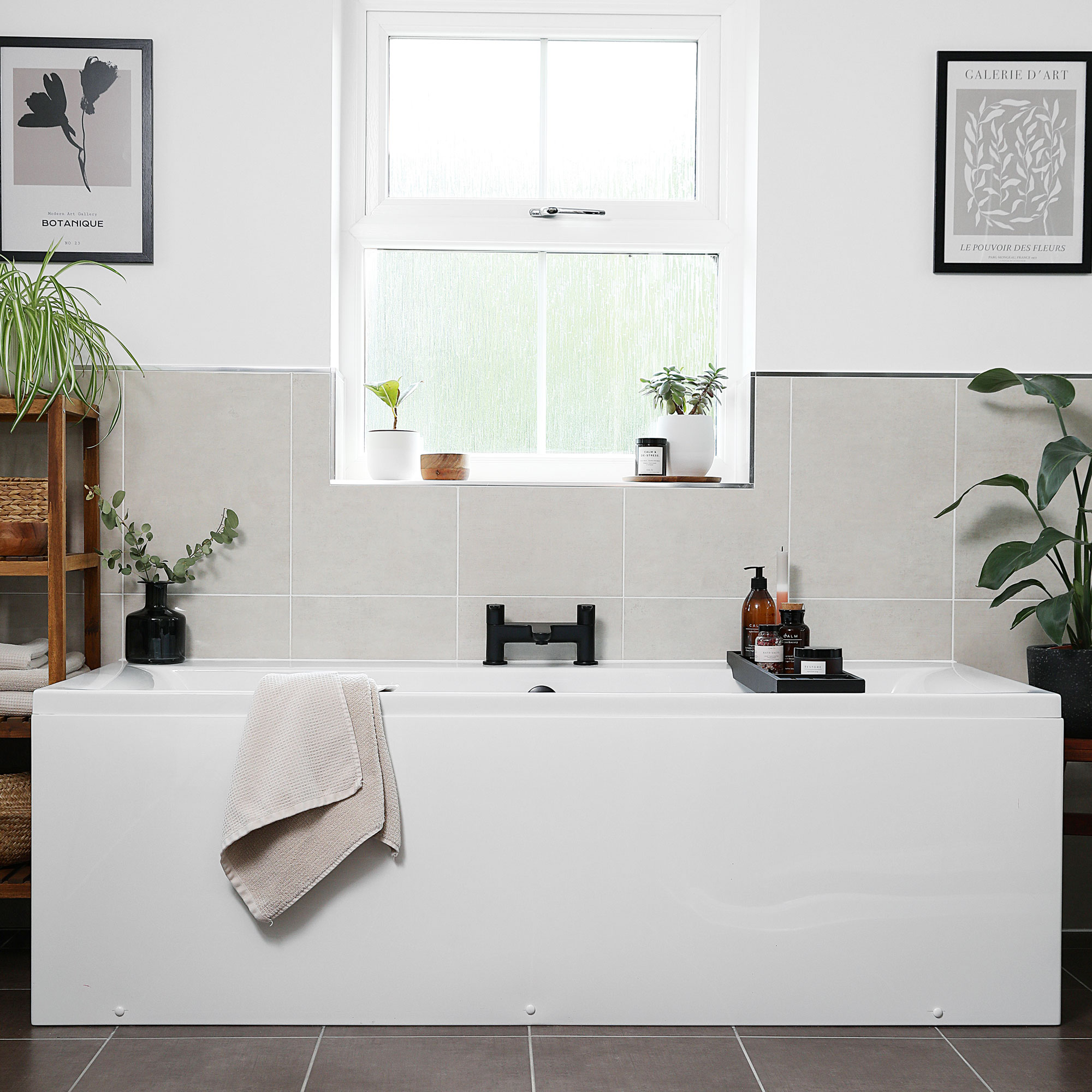
That beautifully curved roll top rim was also its downfall. Double-ended roll top baths tend to be around 175-180cm x 80cm, whereas a built-in bath is more likely to be 170cm x 70cm. Those extra centimetres are generally taken up by the wide rolled rim, which is nice to hold when getting in and out, but guzzled up precious space in our already cramped bathroom.
Nowadays, you can get more compact freestanding baths than our antique number, but because they don’t sit flush to the wall, there will be wasted pockets of space at either end that can’t easily be used for shelving or bathroom storage ideas.
By contrast, built-in, back-to-wall and corner baths are all brilliant space-savers. They can be boxed in, tiled tight against the wall, and some even include clever under-bath drawers or built-in niches. You can conceal the plumbing completely and still have easy access for future repairs.
4. No ledge for toiletries
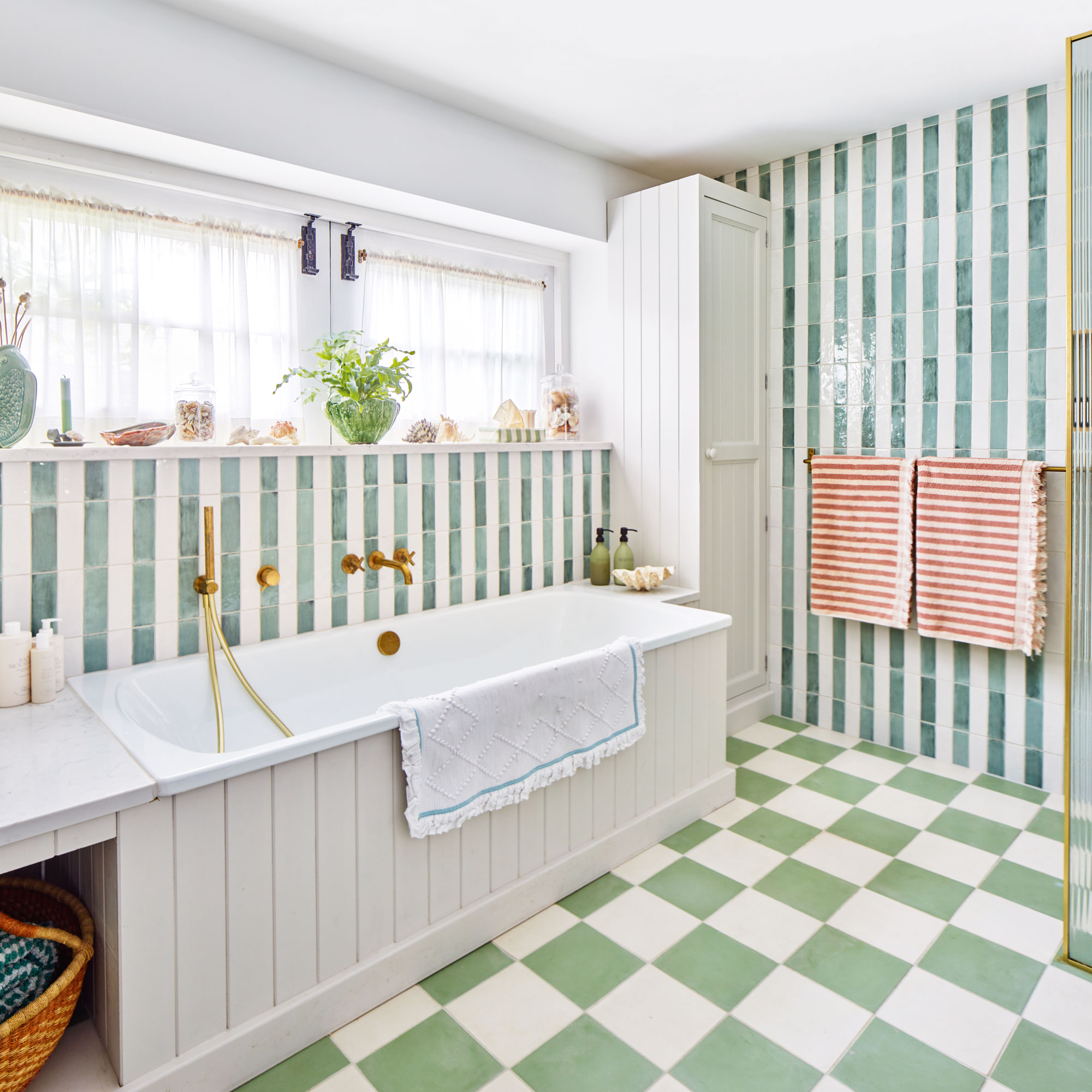
And by toiletries, I absolutely mean a glass of wine bigger than my head! My roll top had nowhere to rest anything, and while the wooden bath rack I bought from Amazon looked cute on my Insta, it was constantly sliding into the water or being deliberately upended by the kids. I also tried perching a stool nearby like this Dunelm £49 version, but it was always slightly out of reach when reclined, and a little precarious when loaded with shampoo etc.
A built-in bath naturally creates that useful tiled ledge for candles, soap and your beverage of choice. You can also add storage niches or a shelf above, with hidden bathroom lighting ideas to help create a relaxing atmosphere.
Would I ever go freestanding again?
Not unless it came with the property, and even then, I’d seriously consider a swift replacement the minute funds allowed. My old cast-iron roll top might have looked timeless, but it was cold, heavy, and utterly unforgiving on the kids’ tender skulls.
When we later moved to a property that needed a total overhaul, I went straight for the Ebb fitted bath by Waters Baths of Ashbourne, which is flush to the wall on two sides so we could fit a shower above, but open at the end to provide that lovely freestanding look. It is really comfortable and has a watertight silicone edge and hidden pipework. I’ve never looked back.
3 buys to make a fitted bath more luxe
There are so many ways to give a fitted bath the luxe look of a freestanding tub. Here are a few buys I'd recommend.
If you are still hell bent on a freestanding bath, I urge you to consider a design with a flat rim that can be sealed against the wall. For most homes where bath time is super-splashy and space is in short supply, the fitted bath trend has real merit.
Freestanding might look fantastic on screen, but built-in delivers on that day-to-day ease.

Linda Clayton is a professionally trained journalist, and has specialised in product design, interiors and fitness for more than two decades. Linda has written for a wide range of publications, from the Daily Telegraph and Guardian to Homes & Gardens and Livingetc. She has been freelancing for Ideal Home Magazine since 2008, covering design trends, home makeovers, product reviews and much more.
You must confirm your public display name before commenting
Please logout and then login again, you will then be prompted to enter your display name.
